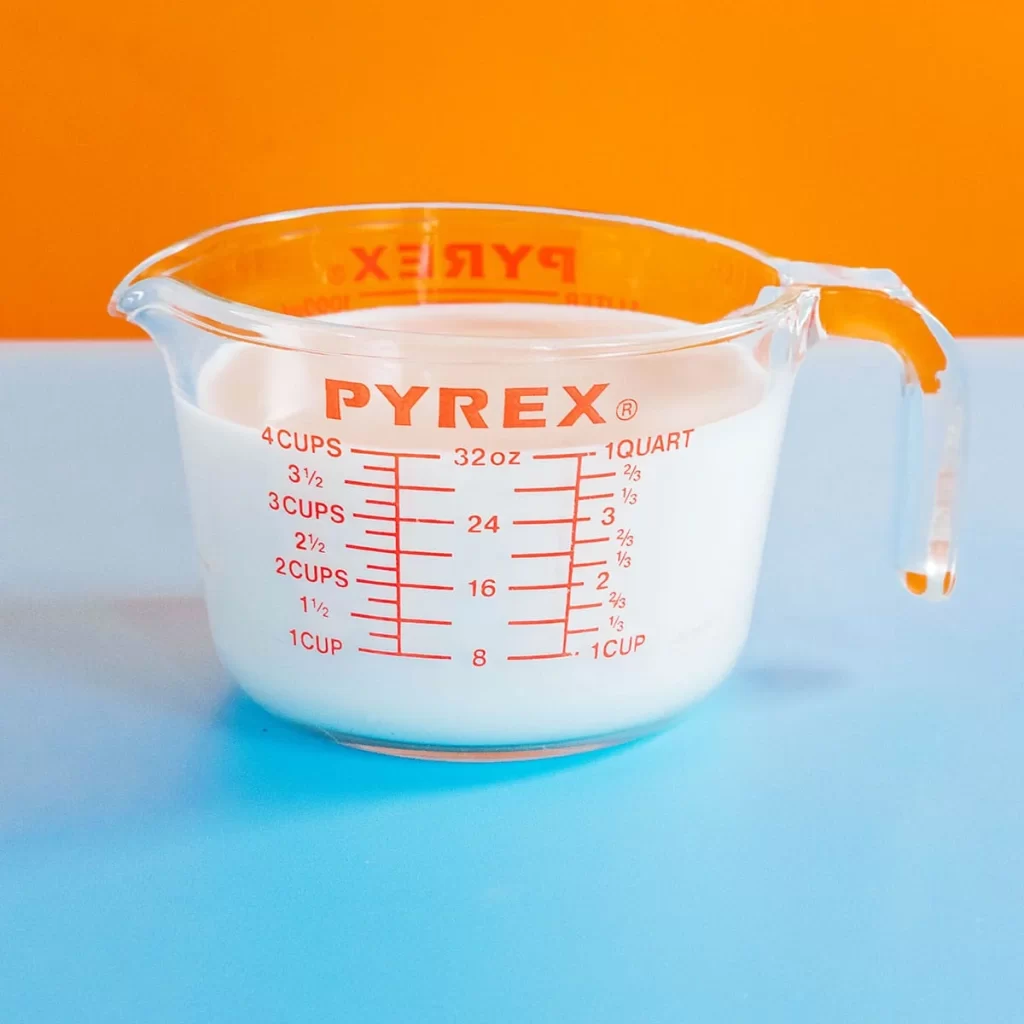Unveiling the Mysteries of Liquid Measurement: A Guide to Quarts and Ounces
In the culinary world, precise measurements are essential for achieving successful baking and cooking endeavors. Accurately converting between different units ensures your dishes turn out as intended. This comprehensive guide empowers you to conquer the conversion between ounces (oz) and quarts (qt), equipping you with valuable tips and insights for mastering your liquid measurement conversions.
Understanding Units: Ounces and Quarts
-
Ounces (oz): A fluid ounce (often abbreviated as oz) is a unit of volume commonly used for measuring smaller quantities of liquids in recipes. Imagine a typical shot glass – the amount of liquid that comfortably fits within a shot glass is roughly equivalent to one fluid ounce.
-
Quarts (qt): A quart (abbreviated as qt) is a larger unit of volume used for measuring liquids in recipes. Quarts are not as commonly used in everyday cooking measurements compared to cups, but they are still essential for understanding recipe conversions. A quart is larger than a typical drinking glass but smaller than a gallon.
The conversion factor between ounces and quarts is crucial for recipe execution:
- 1 quart (qt) is equal to 32 fluid ounces (oz): This is the key conversion ratio to remember. It forms the foundation for converting between these two units.
Equivalents and Conversions: Mastering the Recipe
Knowing the conversion factor empowers you to tackle recipe conversions:
- Converting Quarts to Ounces: If a recipe calls for a specific number of quarts and you only have an ounce measuring tool, you can multiply the quart amount by 32 (the number of ounces in a quart) to determine the equivalent amount in ounces.
For example, if a recipe requires ½ quart (qt) of milk, and you only have an ounce measuring tool, you can perform the following conversion:
Amount in Ounces = ½ quart * 32 ounces/quart
Amount in Ounces = 16 ounces
Therefore, 16 ounces of milk would be the equivalent of ½ quart in this instance.
- Converting Ounces to Quarts: The conversion logic applies vice versa as well. If a recipe calls for a specific number of ounces and you only have a quart measuring tool, you can divide the ounce amount by 32 (the number of ounces in a quart) to determine the equivalent amount in quarts.
For example, if a recipe requires 48 ounces of vegetable broth, and you only have a quart measuring tool, you can perform the following conversion:
Amount in Quarts = 48 ounces / 32 ounces/quart
Amount in Quarts = 1.5 quarts (rounded to one decimal place)
In this case, 1.5 quarts of vegetable broth would be the equivalent of 48 ounces (or you could use 1 quart and 16 ounces for a more practical measurement).
Beyond the Basics: Practical Tips and Considerations
Equipping yourself with these conversion techniques is a valuable skill, but here are some additional tips to ensure accurate measurements in the kitchen:
-
Invest in Measuring Tools: Having a set of standard measuring cups and spoons in various sizes allows for precise measurement and reduces the need for constant conversions. Look for measuring cups that have markings for both ounces and cups for added convenience.
-
Utilize Measuring Cups for Liquids: Measuring cups are ideal for measuring liquids in recipes. Pour the liquid directly into the measuring cup until the desired level is reached. Ideally, read the measurement at eye level for best accuracy.
-
Mind the Meniscus: Liquids tend to curve slightly at the top when poured into a measuring cup. This curved surface is called the meniscus. For accurate measurement, read the measurement at the bottom of the meniscus, not the highest point of the liquid.
-
Containers and Conversions: While the conversion factor applies to volume, it’s important to remember that some pre-packaged liquid containers (like orange juice cartons) might have volumes labeled in milliliters (mL) or liters (L). In such cases, you might need to perform additional conversions to match the recipe requirements.
By following these tips and mastering the conversion between ounces and quarts, you’ll be well on your way to becoming a confident and precise cook in the kitchen.
FAQ: Unraveling the Mysteries of Ounces and Quarts
This section addresses frequently asked questions regarding conversions between ounces and quarts:
- Are there any online conversion calculators available?
Absolutely! Numerous online conversion calculators can be found on search engines. These tools can be helpful for quick conversions, but understanding the basic conversion factor empowers you to tackle recipe conversions without relying on external tools.



